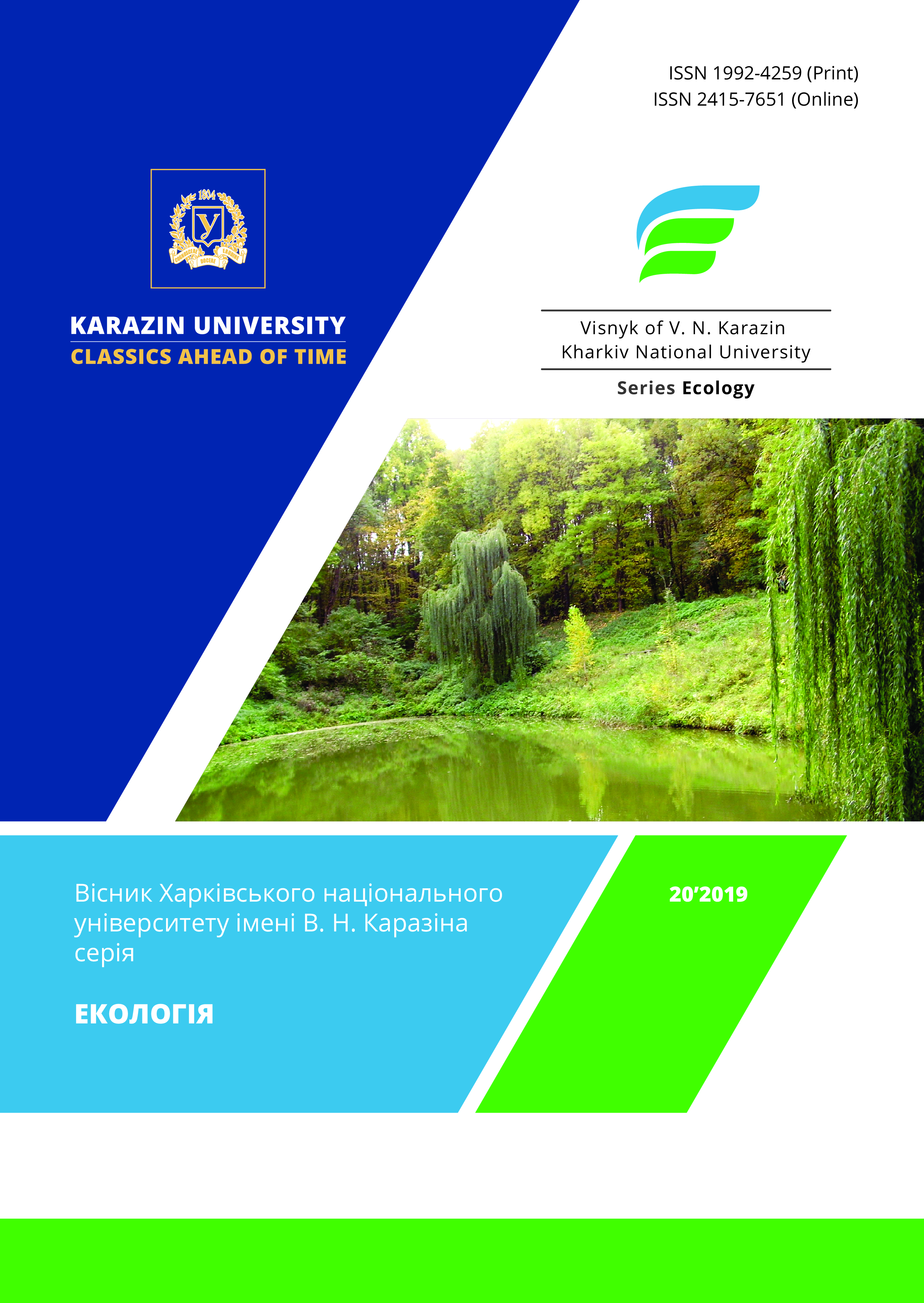The Estimation of the Main Silting Factors in the Marine Artificial Channel of the Azovstal Port (Mari-upol, Ukraine)
Abstract
Purpose. The physico-chemical processes in river mouth area, which include the Don and Kuban rivers, limited the transport capacity of the main ports of the Sea of Azov as a result of the silting by suspended matter by the river runoff. The fall of the depths in the the ports and marine channels is one of the key problems of the functioning of the ports. Dredging works and dumping linked with shipping as well as shipping linked with the world economy. It is impossible to abandon shipping, as well it is impossible to abandon the dredging and damping. For this reason, the purpose of the work is to assess the optimal dredging works for the exploitation of the ports of Ukraine in the Sea of Azov. Methods. The comparative analysis of modern hydrometeorological conditions, including the dominant influence of wind activity, the velocity and the direction of currents according to actual data, the transparency of sea water, the runoff the river Kalmius had been done. The available images of DigitalGlobe’s remote sensing satellites and dredging results, which were periodically performed to support the depths on the sea marine channel to the port water area, were examined. Modern and retrospective data of bathymetric surveys using GIS processing technologies for comparing the results, as well as standard methods of statistical data processing were also used. Results. During the investigated period, the images of the Earth's remote sensing satellites from DigitalGlobe were studied. An anthropogenic impact to the silting in the study area was revealed (the turning point between 0 km of the marine channel of the port and the shallow water area of the port of Azovstal). For compare the depths in the investigated area which is under the the river Kalmius influence positions of the surveyed post had been established. As result of analysis of direct measurement data and graphic material the permanent silting of the marine channel was not established as well as the direct statistical relationship between the silting and the river run incoming with suspended matter with Kalmius river. The main process of sedimentation determines by the Don river. The upper limit of maximum sedimentation is 5–7 ‰, coincides with the investigated area, where theoretically one should expect the process of accumulation of bottom sediments. Conclusion. The result of comparing Kalmius river runoff with depths in the marine channel of the port of Azovstal, in the area of area of river mouth, revealed there is not representative statistical relationship. It is necessary monitoring data for a long period of data for representative comparing the runoff Kalmius river and siling processes. In modern period the runoff of the Don river is significantly deformed under the influence of anthropogenic factors and the representative statistical estimation have to be done using only the direct measurements, which are fairly limited. Nevertheless, the reduction of Don river runoff and, thus, the direct impact on the recording capacity of the studied water area determines the need for and technological accessibility of dredging at a significantly lower the cost of wokrs at the present stage.
Downloads
References
Gordeev, V.V. (1983). Rechnoj stok v okean i cherty ego geohimii. [River flow into the ocean and the features of its geochemistry]. Moskow: Nauka, 160. (In Russian)
Berlinsky, N., Bogatova, Yu., Garkavaya, G. (2006). Estuary of the Danube. The Handbook of Environmental Chemistry. Springer-Verlag: Berlin-Heidelberg, 5, Part H (Estuaries), 233-264.
Raspredeleniye stoka[Flow distribution]. Available at: http://azniirkh.ru/wp-content/uploads/2017/08/RaspredelenieStokovStokov.jpg (In Russian)
Fomin, V.V., Polozok, A.A., Fomina, I.N. (2015). Modelirovanie cirkulyacii vod Azovskogo morya s uchetom rechnogo stoka [Modeling the circulation of the waters of the Sea of Azov, taking into account the river flow]. Marine Hydrophysical Journal, (1), 17-28. (In Russian)
Ministerstvo oborony SSSR. Lociya Azovskogo morya (1985). [Ministry of Defense of the USSR. Lotiya Azov Sea]. Мoskow, 159. ([In Russian)
Bespalova, L.A., (Ed.). (2015). Sovremennye opasnye ehkzogennye processy v beregovoj chasti Azovskogo morya [Modern dangerous exogenous processes in the coastal part of the Sea of Azov]. Мonograph . South Federal University. Rostov Don, 323. (In Russian)
Chepurna, V.Yu., Gavrilyuk, R.V. (2018). Zminy` l`odovogo rezhy`mu v Azovs`komu mori v ostannij klimaty`chny`j period [Changes in the ice regime in the Azov Sea in the last climatic period]. 3rd International Conference of Young Scientists, ODEKU dated March 22, Odesa. TES 2018, 245-246. (In Ukrainian)
Azovskoye more [Azov Sea]. (2019). Available at: https://ru.wikipedia.org/wiki/Азовское_море (In Russian)
Morskoy port "Azovstal' (2019). [Seaport "Azovstal"]. Available at: https://graintrade.com.ua/ru/port/morskij-port-azovstal-id1904 (In Russian)
Eremeev, V.N., Andrianova, O.R, Skipa, M.I. (2017). Osobennosti kolebanij urovnya vnutrennih morej Atlanticheskogo okeana [Features fluctuations in the level of the internal seas of the Atlantic Ocean]. Visnyk ONU. Ser. Geographical and geological science, 22(2), 11-28. (In Russian)
Permanent Service for Mean Sea Level. Available at: http://www.psmsl.org/
Murashchenkova, N.V. (2007). Otsenka kharakteristik rechnogo stoka v izmenyayushchikhsya prirodno-khozyaystvennykh usloviyakh [Assessment of river flow characteristics in a changing natural and economic conditions]. (Master's thesis). Moskovskiy gosudarstvennyy universitet prirodoobustroystva, Moskow. (In Russian)
Authors who publish with this journal agree to the following terms:
- Authors retain copyright and grant the journal right of first publication of this work under the terms of a license Creative Commons Attribution License 4.0 International (CC BY 4.0).
- Authors are able to enter into separate, additional contractual arrangements for the non-exclusive distribution of the journal's published version of the work (e.g., post it to an institutional repository or publish it in a book), with an acknowledgement of its initial publication in this journal.
- Authors are permitted and encouraged to post their work online (e.g., in institutional repositories or on their website) prior to and during the submission process, as it can lead to productive exchanges, as well as earlier and greater citation of published work.





